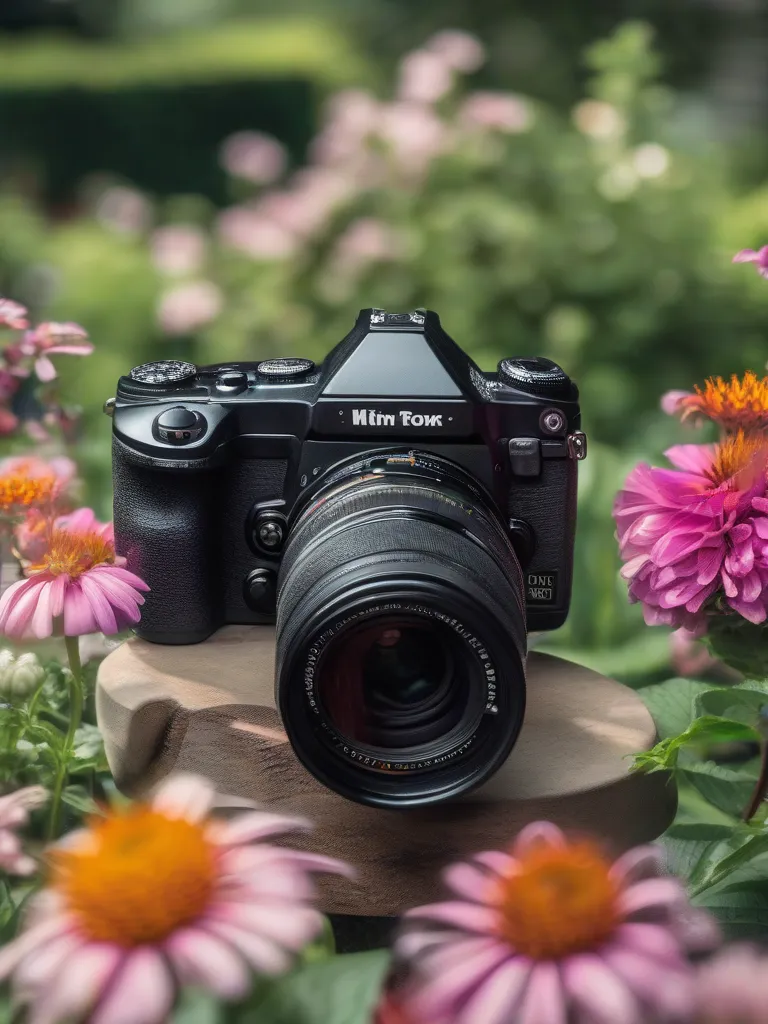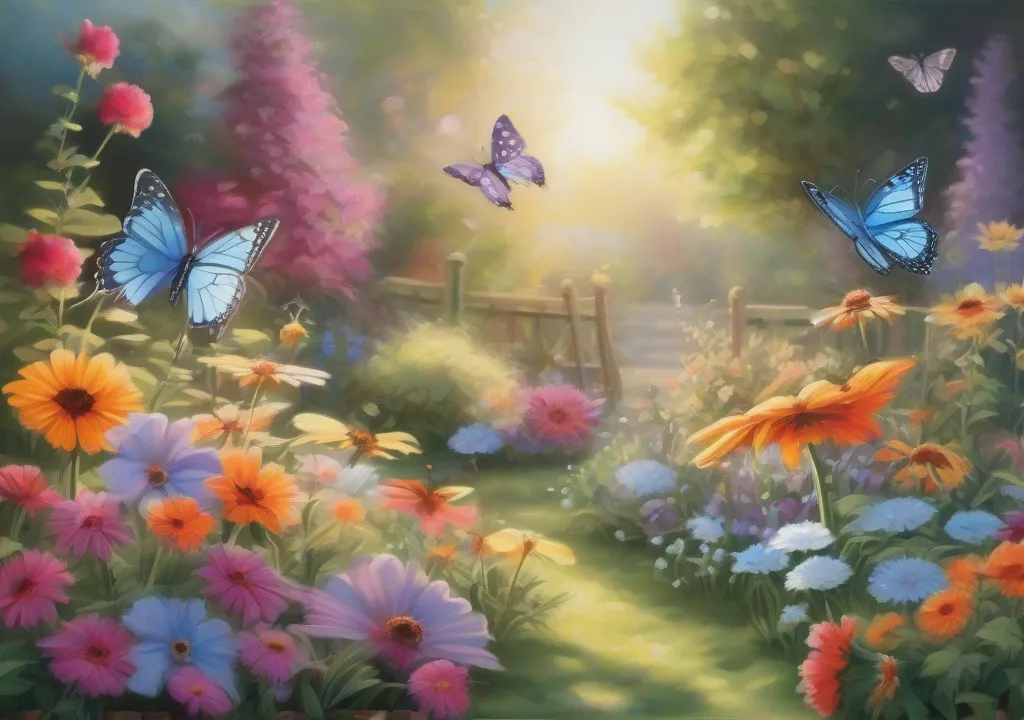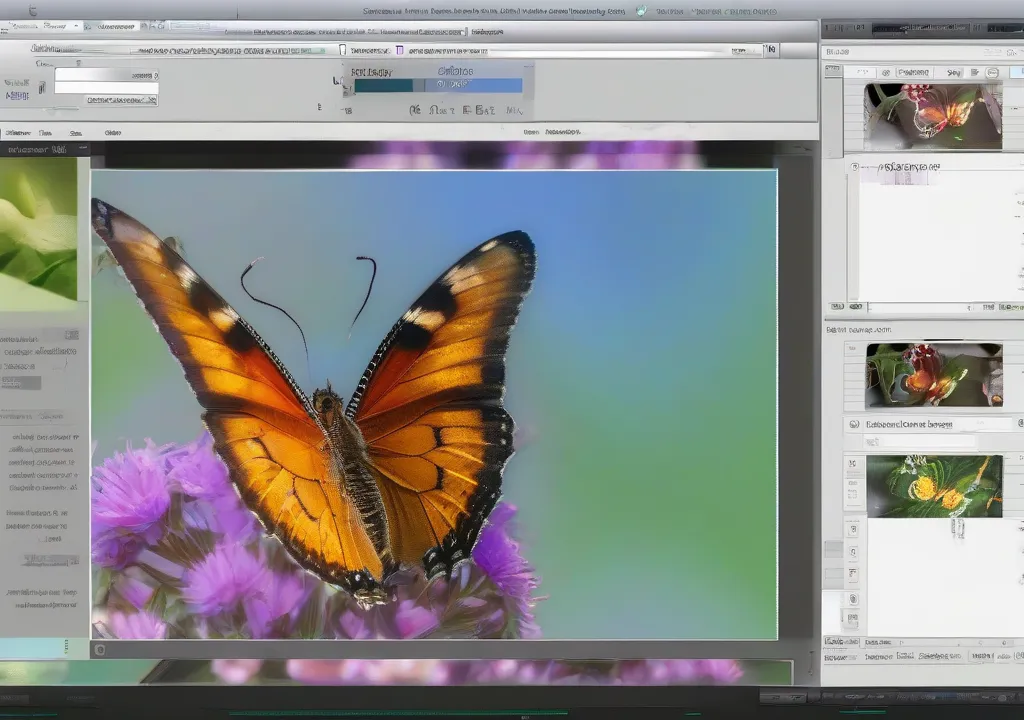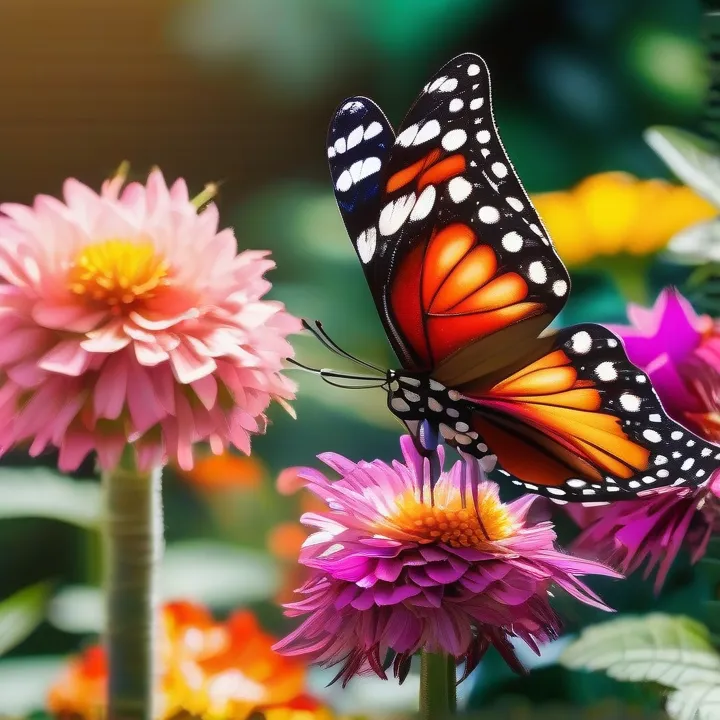Butterflies are nature’s delicate marvels, and photographing them can be a rewarding challenge. In this guide, I’ll share tips for taking stunning butterfly pictures with a professional camera, drawing on my own adventures in the garden.
Understanding Your Camera Settings
Before you dash out into the garden, take a moment to familiarize yourself with your camera settings. A professional camera offers a range of options that can make or break your butterfly photography. Start with the aperture. A wider aperture (like f/2.8) creates a beautiful background blur, making the butterfly pop in the foreground. Next, adjust your shutter speed. Butterflies are not known for their leisurely pace; a faster shutter speed (1/500 seconds or quicker) will freeze their delicate wings in motion. Lastly, consider your ISO settings. On a sunny day, keep it low (100-200) to reduce noise. If the light dims, don’t hesitate to raise it, but watch out for grainy images. Remember, understanding your camera is key to capturing those fluttering beauties.

Choosing the Right Time and Place
Timing is everything in butterfly photography. Early mornings or late afternoons are ideal. Butterflies are more active when it’s warm, but they also need time to warm up. At dawn, you might find them resting on flowers, allowing for closer shots. As the sun rises, they become more active. Also, choose locations rich in flowers. Butterflies are drawn to colors, especially bright yellows, reds, and purples. A garden filled with diverse blooms is your best bet. But don’t just limit yourself to gardens; nature reserves and parks can be treasure troves of butterfly activity. Just be sure to respect their space and avoid trampling the plants—after all, we’re here to admire them, not to start a floral demolition derby.

Patience is a Virtue (and a Necessity)
Now, let’s talk about patience. If you think butterflies will pose for you like a seasoned model, think again. They flit about like they’re auditioning for a role in a nature documentary. Sometimes, you’ll find yourself lying on the ground, waiting for the perfect moment. It’s not glamorous, but it’s essential. I once spent an hour observing a particularly elusive monarch. Just as I thought I had my shot, a gust of wind sent it spiraling away. I swear, that butterfly had a smug look on its face. The key is to remain still and quiet. The less you move, the more comfortable they’ll feel. Bring a book or your favorite playlist and settle in for the wait. Who knows? You might even enjoy the peacefulness of your surroundings.
Focus on Composition
Once you’re ready to click, think about composition. Use the rule of thirds to create a balanced photo. Position the butterfly off-center for a more engaging image. If you can, include elements of the environment, like flowers or leaves, to add context and depth. A close-up shot can be stunning, but don’t forget to capture them in their habitat. This tells a story. And remember to watch your background. A busy or distracting backdrop can take attention away from your subject. Choose a clean background that complements the colors of the butterfly. If you find a butterfly on a bright flower, try to avoid other colorful distractions in your frame. It’s all about making the butterfly the star of the show.

Post-Processing Magic
After you’ve captured your images, it’s time for some post-processing. Even the best photos can benefit from a little touch-up. Use software like Lightroom or Photoshop to adjust brightness, contrast, and saturation. However, be careful not to overdo it. You want to enhance the beauty of the butterfly, not turn it into a neon creature from outer space. A little sharpening can help bring out details in the wings, while cropping can help refine your composition. Just remember: the goal is to showcase nature’s beauty, not to create an entirely new reality.
Final Thoughts
Photographing butterflies can be a delightful experience. It requires skill, patience, and a bit of luck. Remember, every butterfly tells a story. With the right techniques, you can capture those stories through your lens. So grab your camera, head outside, and embrace the beauty of these delicate creatures. Who knows? You might find a new passion, or at least some good stories to tell over dinner. Happy snapping!
